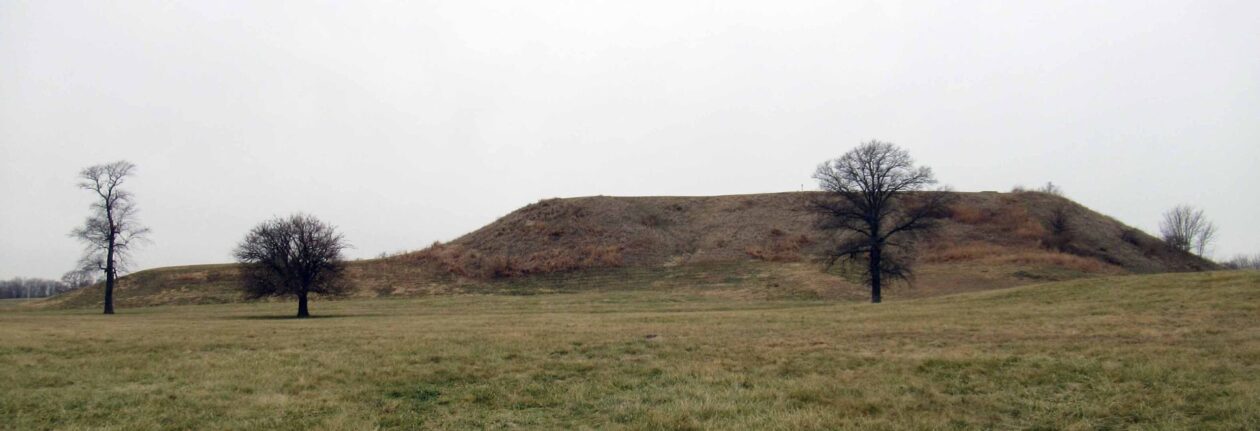Cairo, Egypt
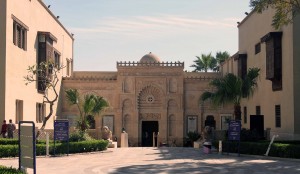
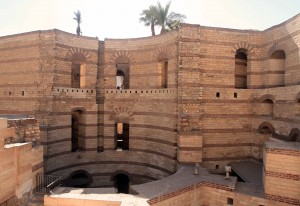
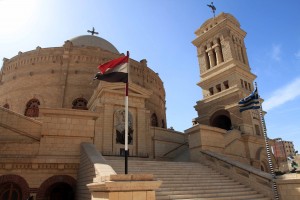
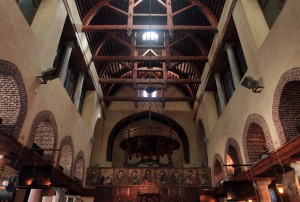
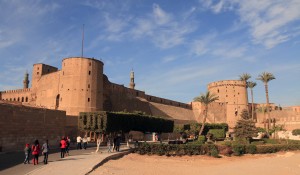
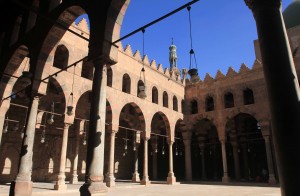
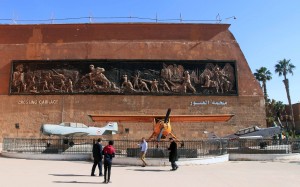
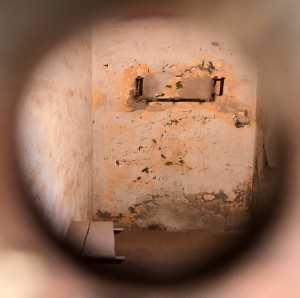
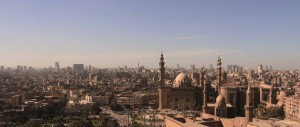
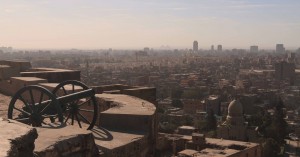

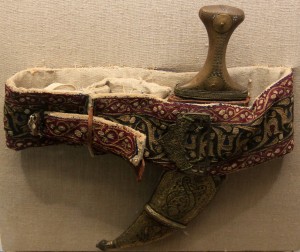
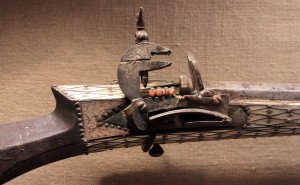
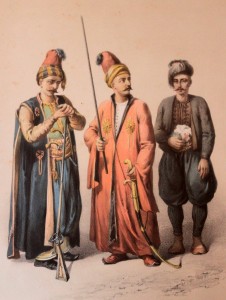
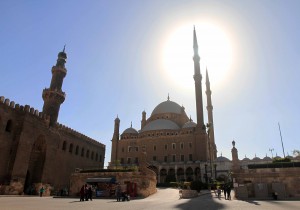
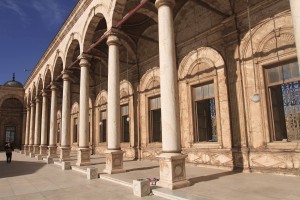
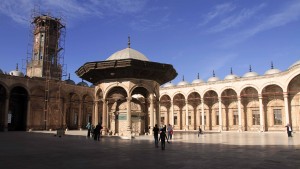
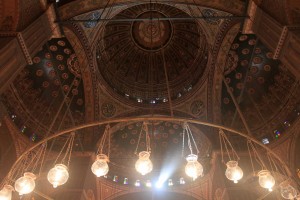
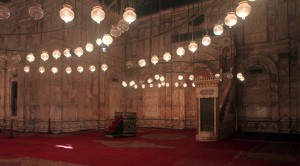
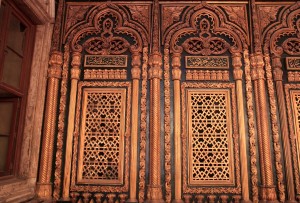
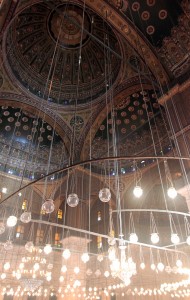
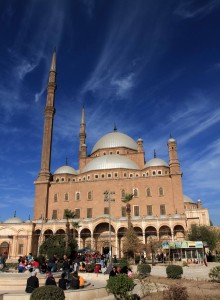
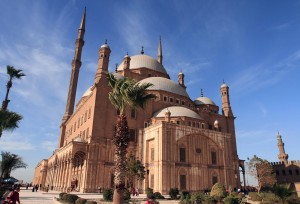
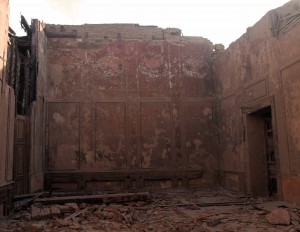
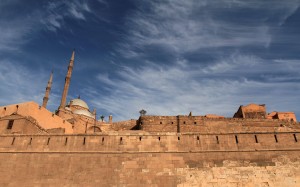
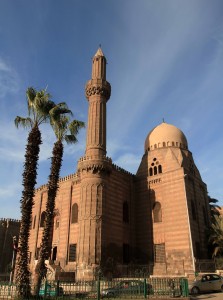
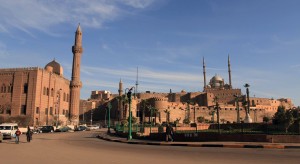
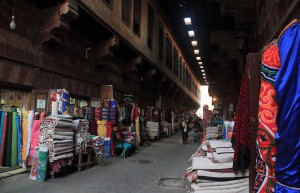
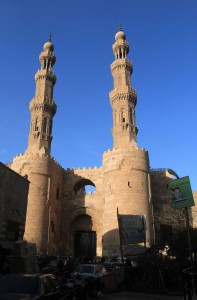
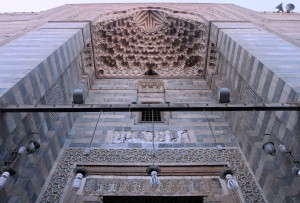
I woke up today at 07:30, had breakfast (fried egg, bread with cheese and jam, and tea), took a shower, got ready, and walked outside of the hotel. I then took a taxi to the Coptic Museum. I arrived near the museum, paid the driver and tipped him for being a decent human being, and then walked inside the entrance of the museum. No photos are allowed inside, so I had to stow my camera away before entering. The museum had a number of interesting artifacts from the second to the nineteenth century, though most seemed to date from the fourth to the seventh century; there were column capitals, pillars, sculpted friezes, painted and sculpted niches, gravestones, textiles (actually, inside the museum, there were a number of repetitive display panels with explanations in the rooms, but none more so than the one on the importance of textiles in the Coptic culture – I counted six and they were all the exact same), painted panels taken from dados, liturgical vestments, ostraca with Coptic drawings and writings, and bronze pieces used in daily life; there was also a unique spoon made out of a sea shell with an iron handle attached and an amusing painted panel depicting three mice walking on their hind legs carrying a flag, a vial, and a scroll while approaching a cat in an effort to sue for peace (this was taken from a Coptic monastery). I did learn some interesting facts about Christianity’s youth while inside, such as Ahnas being an important early Christian community; it was so important that the bishop of Heracleopolis Magna, Peter, was invited and did participate in the Council of Nicea in 325 AD; also, Christian monasteries evidently owe their origin to the early Christian Church in Egypt. After exiting the museum, I walked past the ruins of the Fortress of Babylon (built under the orders of Emperor Diocletian around 300 AD) and to the Church of St. George. After checking out the church, I walked to the adjacent compound which included several Coptic Churches; there was much restoration going on, but I managed to check out the Church of St. Sergius, the Church of St. Barbara, and the Convent of St. George. After finishing up my education on Coptic Christianity, I stopped for a quick beer at a nearby restaurant before hiring a taxi to take me to the Citadel (if I had any type of quality map with me, I would’ve just walked, but I wasn’t entirely sure where I was).
It was a short drive to the Citadel (the “Salah al-Din Citadel”) and upon arriving, I bought an entrance ticket, stowed my tripod away (they don’t allow them), and walked inside. While walking, I talked with a Hungarian tourist and we both agreed that we don’t like the way they operate sites like these in Egypt – many of the hired help are demanding and will not even try to understand what you’re asking, and they easily become impatient and rude, forgetting how important the tourism trade is to their country. Inside the Citadel, I first walked to the Mosque of Al Nasir Mohammed ibn Qalaun (built in 1335 AD) and checked out the inside; then I walked to the National Military Museum which was under restoration; however, I was still able to see the displays of aircraft, artillery, and armor outside the building. Next, I walked to the Citadel’s Prison Museum, which was just a bunch of old prison cells (some contained mannequins inside and one displayed a man whipping a prisoner’s bare back). Then I walked up to the National Police Museum and, from the courtyard in front, I had a great view of Cairo and I could even see the Pyramids of Giza in the distance. I then entered inside the National Police Museum and looked at the different displays; some showed photographs and the types of weapons used in assassinations, others were on notorious cases in Egypt, there were many weapons displayed that were used in order to maintain law and order throughout Egypt’s history, and there were also old police uniforms inside. After touring the museum, I walked to the Mosque of Mohammed Ali and entered inside; first I walked through the courtyard with the central fountains used to wash the feet of worshippers; then I entered inside the mosque itself and was met with a very impressive architecturally designed interior, with its high domed ceilings, lightings, and intricate stone and wood work. After taking many photographs inside the mosque (all the while holding my nasty shoes and trying to handle the camera without dropping anything), I exited the mosque and had another great view of the city of Cairo in a courtyard between the mosque and Al Gawhara Palace (a palace that was falling apart with parts of its roof caved in and rooms left open to the elements). I then walked back to the entrance, grabbed my tripod, and exited the Citadel. Once outside, I walked clockwise around the Citadel, passing by Egypt’s Air Defense Command on the south-side. I then walked northward, past many mosques, in to Islamic Cairo; along the way (right by the Mosque-Madrassa of Sultan Hassan) an Egyptian man started talking to me and told me he was studying to become a teacher, he wanted to practice his English, he was getting married, and he wanted to take me to a great old mosque to see (he kept on repeating instructions that when I visit the mosque, I should put the entrance fee inside a box that goes to poor little children and not to a man there who would just keep it for himself) – so . . . this was obviously a scam from the get go (there were all the same warning signs I learned to look for while in China), but I was heading in that general direction anyway, so I decided to play along; as if all the warning signs weren’t enough, I saw another tourist walking the same way with another Egyptian man, completely giving away the game, but the man I was walking with used it as reassurance (“See? Other tourists go there too.” – at least this did reassure me it was a scam and that I wouldn’t end up on a YouTube beheading video); once we reached the pathetic looking mosque that was ill-maintained, I told him that I didn’t want to visit it; he then asked if he could have some money as a wedding gift, but I just told him “nah” and walked away, continuing northward, glad to have wasted his time. I then walked past more old mosques (many completely in a state of disrepair) and through some souqs with shops along the street; I reached Bab-Zuwayla with its stone gate and two high towers; unfortunately, it being after 16:00, everything was pretty much closed; so I decided I would be back here tomorrow and continued northward. I came to a major street (Kobri Al Azhar) once outside the souq area and then changed my heading to westward to walk back to Downtown Cairo, where the hotel I’m staying at is located. After walking along one busy street after another filled with people selling merchandise and automobiles being driven dangerously, I soon reached Downtown Cairo; it really wasn’t that far and once I realized that, I was disappointed I had taken not one, but two taxis to get around today; oh well, at least the cab fare wasn’t too expensive. I then sought out a place for dinner and found an old (and expensive) restaurant where Jimmy Carter apparently ate at once while here; for supper I had kabab halla (veal cubes), stuffed vine leaves, foul with dakka, and a beer (they had pigeon on the menu, but I wasn’t up for eating something that may have been raised on these streets – it’s pretty trashy here). After dinner, I bought a few snacks (chocolate and chips), walked back to my hotel room, had some more beer, and bought some more airline tickets online for the next two countries I plan on visiting after Lebanon; I also researched how to get a Visa for Azerbaijan. I then went to sleep.
